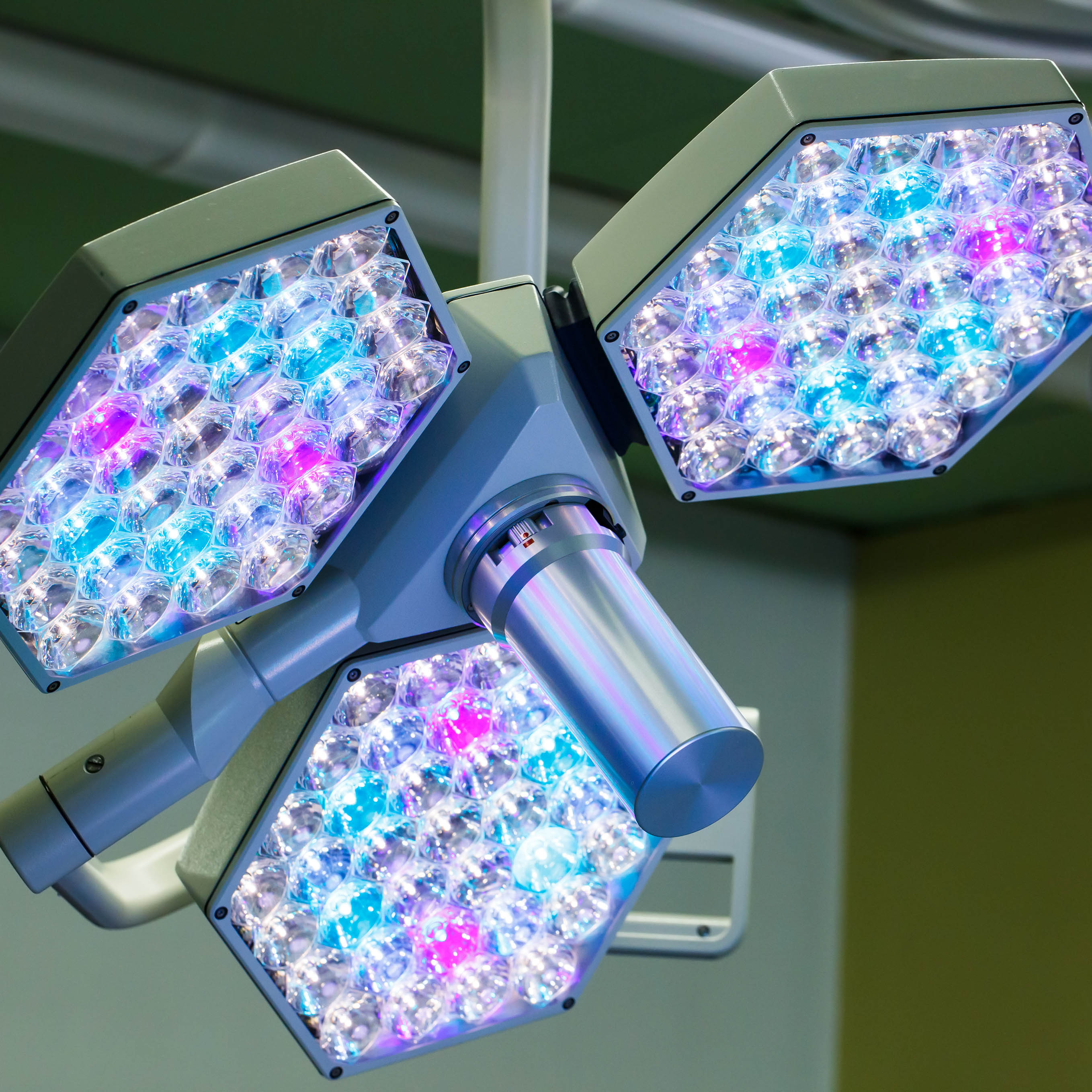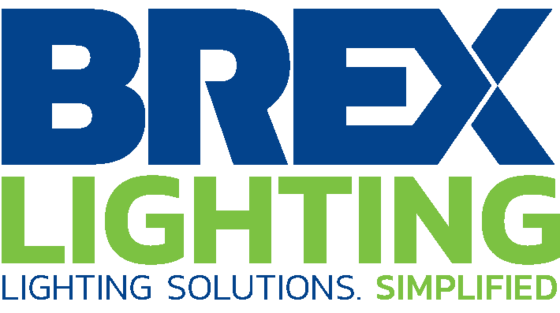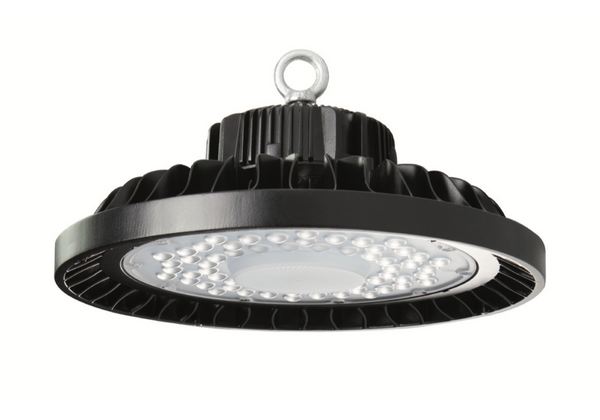LED Lights in the Field of Medicine

Robert Haitz, an engineer at Agilent Technologies, had predicted the popularity of LED which is summarized in the law named after him. Haitz Law states that every decade the light emitted by an LED increases by a factor of 20, while it becomes more economical as the cost per lumen falls by a factor of 10. For the last 3 decades the trend shows that the law still holds good.
LED in surgical lights
The field of medicine has and continues to benefit from the advantages that LED provides. One of the first areas of LED application was surgery lamps. The halogen lamp technology with a single source deep reflector bowl was replaced by a considerably thinner LED fixture consisting of multiple sources as the surgical light.
The new surgical lights significantly reduce heat radiation which makes for a comfortable working environment and reduces the risk of tissue damage during sensitive surgeries. They also prevent shadow in the surgical area that was previously caused by the surgeon’s head.
LED lights can easily exceed the much-needed performance criteria like 90+ scores in CRI (Color Rendering Index) and 1,60,000 lux output. Even the light temperatures can be changed from cool white to neutral depending on the surgeon's preference at the click of a button or voice command.
In addition, there are now portable surgical headlamps that can be mounted on surgical headsets or safety glasses. These offer freedom of movement and focus where light is required. LED lights offer a lot more value at comparable or lower prices today than their halogen counterparts.
Uncovering the mysteries inside
Let’s dig a little deeper… literally, when you need to look at around specific wounds or internal organs there’s nothing that does it better than endoscopic devices. Medical examination probes and minimal invasive surgeries regularly use, a small incision made on the body through which the medical instruments are channeled. To make things visible for the surgeon the light source used historically is xenon. These fibers are bundled together and inserted with the surgical instrument. It’s a difficult procedure. To add to that, xenon lights are expensive and have a life of 1000 or so hours.
Solid state technology, on the other hand, is replacing fiber optics with LED lights that can sit on the tip of the endoscopic device. These lights now can be integrated into the device as well as attached on the head.
The lights are now being used in tissue retractors, examination probes, surgical forceps, and similar devices because of superior luminous output, control and energy efficiency.
Flexible micro-led arrays are the next frontier, which was recently discovered. Out of many possible uses, one is to attach them to the gloves of surgeons to put light at the point of the action.
Time for Light Therapy
Muscle and joint inflammation, as well as minor wounds, can be treated with light. Red light to be exact; as they are capable of deep tissue penetration which initiates a natural biological reaction that promotes the healing of damaged cells.
The beauty industry has also adopted light therapy to reverse skin aging and sun damage. Blue light is used to treat acne inflammation. Repeated application of blue light to the acne affected area kills the bacteria that causes acne. As a supplement red light is also used to enhance healing.
LED is now used in handheld devices that are used for spot illumination for certain diseases where you need to apply the medicine to the affected area and use light to activate the medicine. LED panels are also used to treat certain areas of the body or complete body therapies such as phototherapy where an array of thousands of LEDs are used.
50-60% of full-term newborns and 80% of premature babies are born with neonatal jaundice. A high amount of bilirubin (caused by jaundice) in the bloodstream can cause brain damage and even death. Infants are exposed to blue LED light continuously for up to 3 weeks, which helps their bodies break the bilirubin down and safely remove it from the system.
Some of the phototherapy devices can now be constructed with an array of multiple color rendering LED that makes it a versatile device for a range of treatments.
With constant research and advancement of solid-state lighting technology, there are now hopes in the medical fraternity to make cancer treatment much less painful and invasive.



